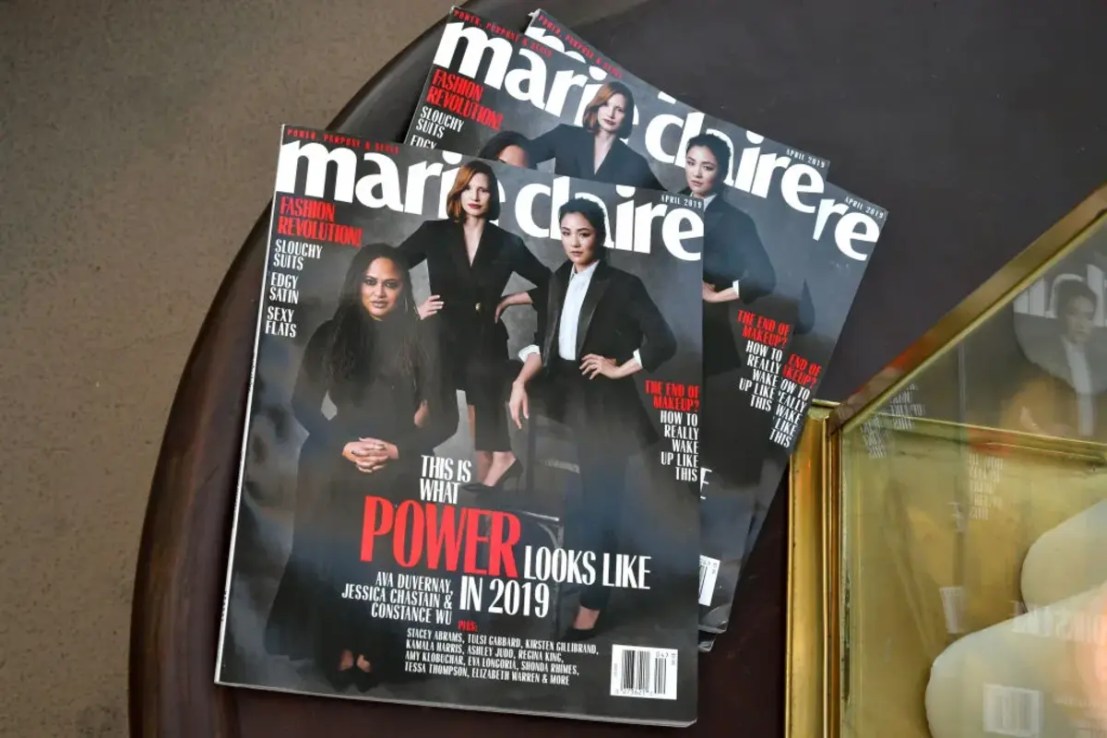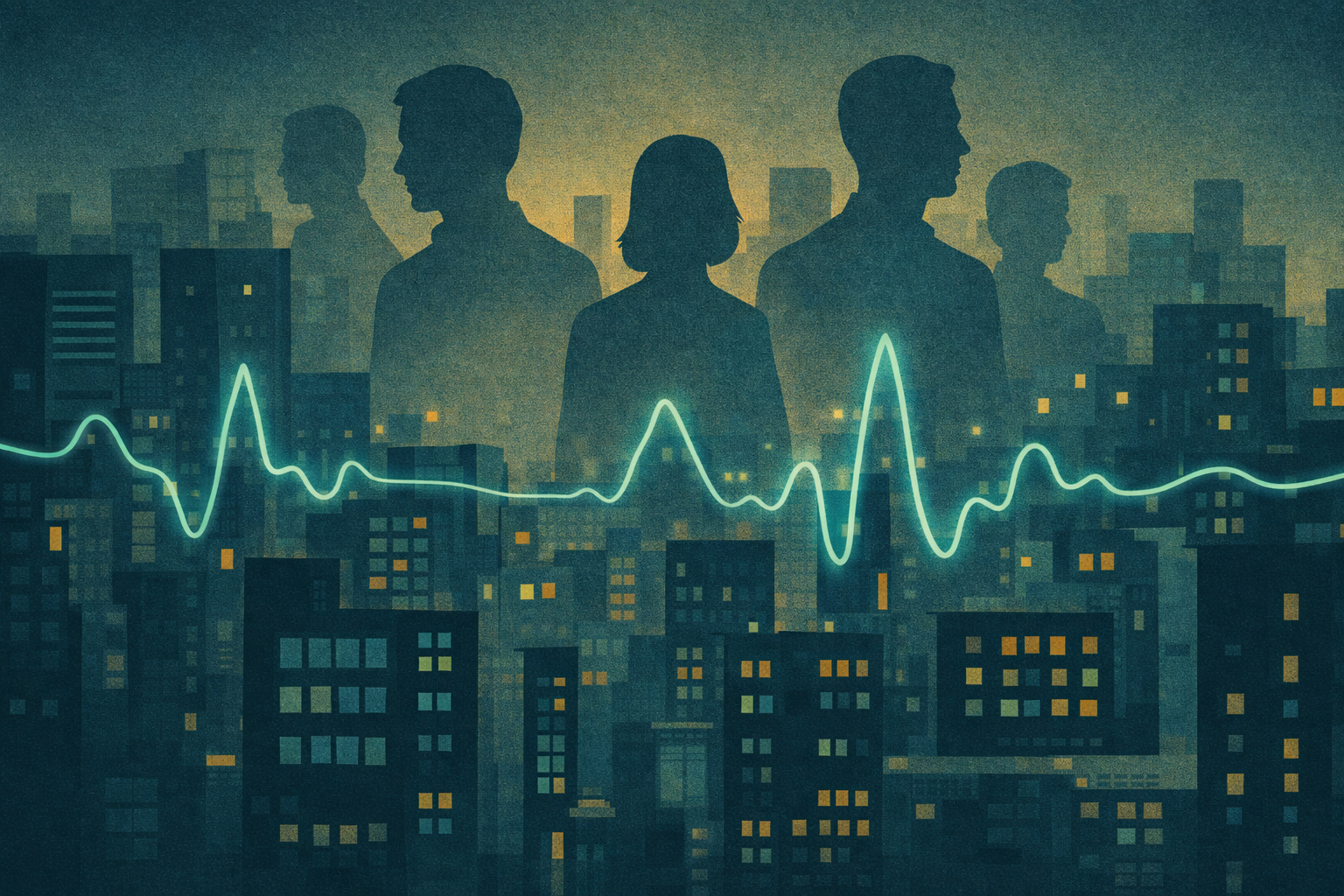Future PLC withstands advertising challenges with solid margins and cash flow
The London-based publishing and media entity Future PLC has reported a strong half-year performance, showcasing operational strength amid declining advertising markets and currency challenges. Even with a three percent decrease in revenue, the firm sustained impressive profitability, reflecting assurance in its long-term growth plan.
For the six months concluding on 31 March, Future, which holds a diverse portfolio that includes Go.Compare and lifestyle magazine Marie Claire, recorded an adjusted operating profit of £100.7m – marking a five percent drop compared to the same timeframe last year, as stated in its [regulatory filing](https://www.londonstockexchange.com/news-article/FUTR/future-plc-2025-half-year-results/17039506). Nonetheless, the adjusted operating margin remained strong at an impressive 27 percent, showcasing cost management and operational proficiency.
On a statutory basis, operating profit increased by eight percent to £69.1m, a performance partially credited to lower exceptional expenses. Following the announcement of the results, the company’s share price experienced an uptick in early trading on Tuesday.
While revenue faced challenges due to declining advertising demand, particularly in the US market where macroeconomic uncertainty affected direct digital advertising performance, the group observed signs of recovery in April, with advertising revenues resuming growth.
Kevin Li Ying, who took on the role of chief executive on 31 March, utilized his first results statement to detail a strategy aimed at “building the business for the future, while achieving today’s goals.” Highlighting the company’s focus on monetizing niche, intent-driven audiences, he pointed out the application of proprietary technology platforms and data-informed commercial strategies to safeguard the business for the future. “While the broader macroeconomic scenario remains tough, the quality of our content and intent-driven audience, along with our unique tech stack and robust financials, position us favorably for long-term growth in an ever-changing media environment,” he stated.
During this period, Future generated £111.5m in adjusted free cash flow—equivalent to 111 percent of adjusted operating profit. This allowed the company to return £43.2m to shareholders via a mix of dividends and share buybacks. Leveraging its solid liquidity position, the firm also revealed an additional £55m share buyback initiative as it continues to allocate capital to bolster shareholder returns.
While some segments faced pressures, Future’s diversified model contributed to a relatively stable overall performance. Its core UK magazine sector – encompassing titles such as TechRadar, Country Life, and The Week – displayed resilience, growing organically by one percent, in stark contrast to wider industry trends that have seen numerous traditional publishers grappling with falling circulation and advertising expenditure.
The comparison site Go.Compare experienced a slight one percent drop in revenue, indicating stability in consumer interest despite fluctuations in the financial services advertising market. Conversely, the company’s business-to-business segment encountered a 13 percent decline, largely due to ongoing challenges in the technology enterprise segment. However, there were areas of growth, with financial services and education-related B2B offerings performing relatively well.
Future expressed caution for the latter half of its financial year, citing ongoing macroeconomic unpredictability and volatile advertising markets. Nevertheless, it retains expectations of achieving stable operating profit and robust cash generation for the remainder of the year.
The group also underscored ongoing advancements in reshaping its portfolio through acquisitions. Recent transactions include the loyalty platform RNWL and the customer engagement technology company Kwizely, both aimed at enhancing Future’s direct-to-consumer capabilities and diversifying revenue streams. These acquisitions reflect a sector-wide trend among media firms to deepen audience engagement and establish sustainable subscription and e-commerce revenue channels in response to dwindling reliance on third-party advertising—a pattern noted among major digital publishers worldwide.
In spite of challenges, Future’s results highlight the lasting value of specialized content and strong digital infrastructure in navigating a complex media landscape. Analysts at investment bank Numis remarked in a client note that Future’s solid cash conversion and robust margins afford it “ample strategic flexibility,” especially as it confronts softer growth in certain business sectors.



